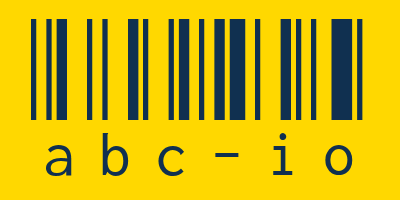
- Snapmaker U1 turns four extruders into one seamless multi-material printing system
- The printer achieves 500 millimeters per second printing speed with precision still intact
- AI tools will detect filament errors before prints completely fail
Snapmaker has officially brought its long-awaited U1 3D printer to market after a crowdfunding campaign that raised over $20 million from more than 20,000 backers.
The pre-order price on the company’s website is listed at $849.00, reduced from the original $999.00.
The Snapmaker U1 combines a CoreXY motion design with a “SnapSwap” toolhead system that lets users switch between four preloaded extruders in about five seconds.
A new benchmark in multi-material printing
Each extruder can handle different colors or materials, effectively turning a single 3D printer into a multi-material machine without the downtime common in traditional filament changers.
Snapmaker says this design not only boosts printing speeds by up to five times but also cuts filament waste by as much as 80 percent.
Unlike many hobby 3D printers that require manual adjustments and frequent purging, the U1 automates key steps.
It features vibration compensation, automatic calibration, and a bed-leveling process that keeps prints precise even at speeds reaching 500 millimeters per second.
The manufacturer says its algorithms fine-tune extrusion and stabilize toolhead movement to maintain clean surfaces and sharp edges, improving multi-color work.
Its automatic filament management system supports up to four spools, automatically detecting, loading, and tracking material use.
The printer also works with Snapmaker’s Orca software and mobile app, allowing remote monitoring and control.
These tools simplify workflow, especially for creators experimenting with mixed materials such as PLA, TPU, and PETG.
A miniature 3D printer camera inside the chamber enables time-lapse recording, and through a planned firmware update in 2025, it will support AI-based error detection.
This system is expected to detect filament tangles or print failures and alert users through the connected app.
Beyond its automation and software features, the machine has a build volume of 270 x 270 x 270 mm, allowing sizable projects without losing precision.
The printer offers an acceleration rate of up to 20,000 mm/s², enabling rapid movement without visible loss of quality.
It has a nozzle temperature capacity of up to 300°C and a heated bed reaching 100°C for consistent adhesion.
Each of its four toolheads maintains an alignment offset tolerance below 0.04 mm, which is important for clean transitions between materials.
However, despite its strong specifications and claims of “five times more speed” and “five times less waste,” the U1 still needs to prove that these gains hold up under real conditions.
High-speed printing often brings challenges with layer accuracy and temperature control, especially when working with mixed materials.
For a product born from crowdfunding, questions about long-term reliability, component lifespan, and calibration consistency remain open.
Follow TechRadar on Google News and add us as a preferred source to get our expert news, reviews, and opinion in your feeds. Make sure to click the Follow button!
And of course you can also follow TechRadar on TikTok for news, reviews, unboxings in video form, and get regular updates from us on WhatsApp too.











Add Comment